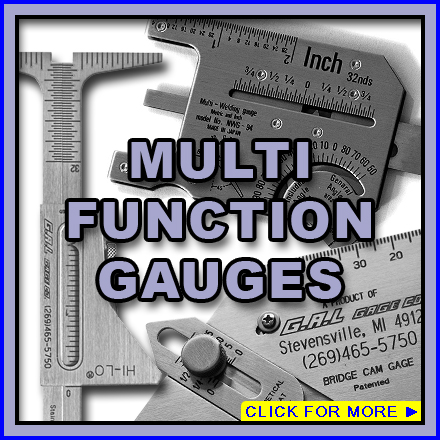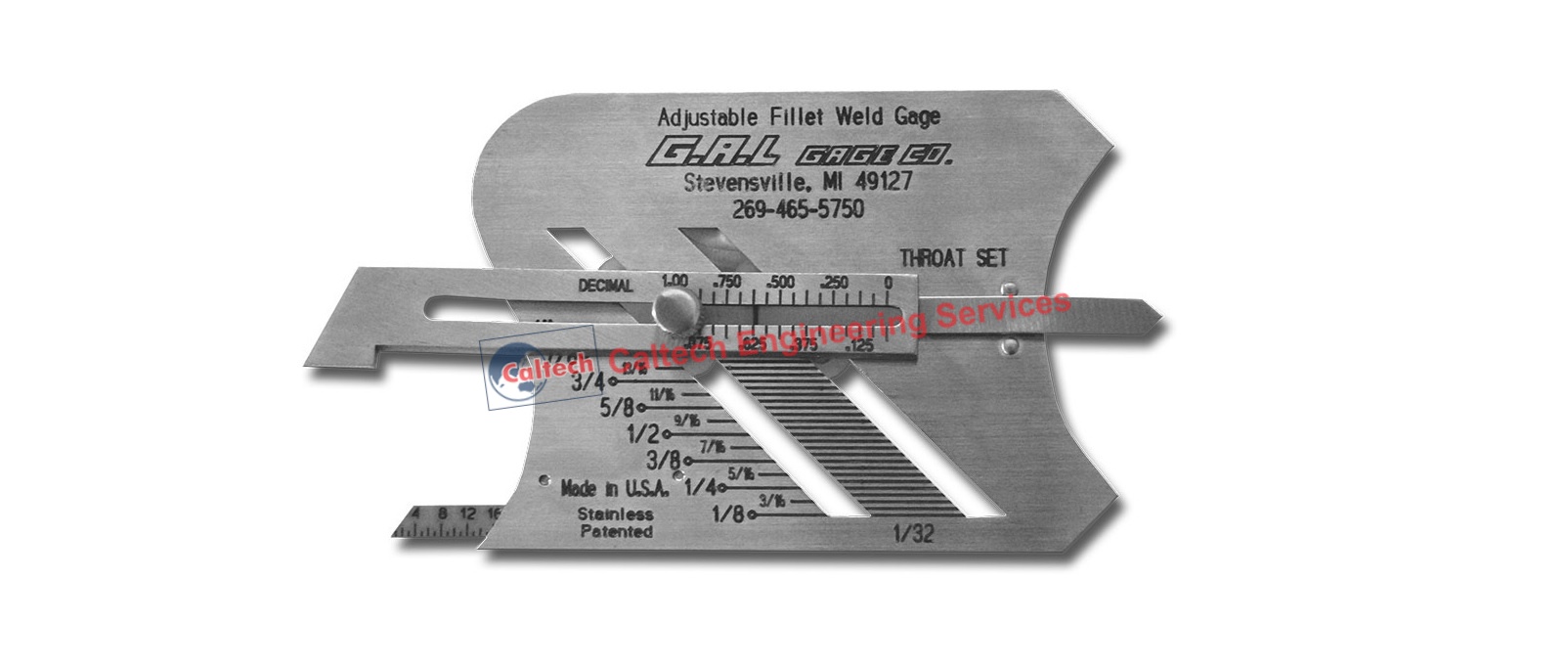Top Techniques for Measuring Gauge Fillet Weld Precisely
Top Techniques for Measuring Gauge Fillet Weld Precisely
Blog Article
Fillet Weld Design Approaches: Optimizing Joint Performance and Looks for Structural Stability
In the world of structural engineering and manufacture, the relevance of fillet weld style strategies can not be overemphasized. By thoroughly thinking about factors such as weld account optimization, material selection, joint prep work techniques, welding procedure effectiveness, and visual improvement makers, engineers and approaches can achieve an unified balance in between functionality and appearance in their bonded structures.
Weld Profile Optimization


Achieving an optimum weld account includes a precise factor to consider of variables such as product thickness, joint arrangement, welding setting, and desired welding rate. In addition, the choice of appropriate welding criteria, such as voltage, present, and travel rate, is essential in controlling the form and dimensions of the fillet weld. Making use of sophisticated welding techniques, such as pulse welding or robot welding, can even more improve the weld profile to meet certain design needs and high quality standards.
Basically, weld profile optimization is an essential aspect of fillet weld layout that directly affects the overall efficiency and reliability of welded joints in architectural applications.
Material Option Considerations
When taking into consideration material choice for fillet weld design, the compatibility of the base metals is a critical aspect influencing the structural honesty of the joint. It is vital to pick materials that not just bonded together successfully but likewise have comparable mechanical residential properties to ensure the tons is equally distributed between the base and the weld steels. Welding materials with greatly different properties can result in concerns such as anxiety focus, premature joint failure, or cracking.
In addition, the environment in which the bonded framework will certainly run must be considered when choosing materials. Aspects like deterioration resistance, temperature fluctuations, and exposure to chemicals can all affect the durability and efficiency of the weld joint. By picking products that appropriate for the intended application and environment, the overall sturdiness and integrity of the bonded joint can be significantly enhanced.
Therefore, complete consideration of material compatibility and environmental variables is paramount in guaranteeing the weld joint's strength, resilience, and general structural integrity.

Joint Prep Work Techniques
Taking into consideration the vital duty material option plays in ensuring the architectural honesty of fillet weld joints, it is important to apply accurate joint prep work strategies that enhance the link in between click over here the base metals. Joint preparation is a critical step that directly affects the top quality and strength of the weld. One essential strategy is the cleansing of base metals to eliminate any type of impurities like rust, oil, or paint that could jeopardize the weld's honesty. This can be attained through methods such as grinding, cable cleaning, or chemical cleansing.
Moreover, appropriate fit-up of the joint is necessary to make certain consistent circulation of the welding product and stop flaws like insufficient infiltration or extreme accumulation. Beveling the edges of the base metals can develop a groove that allows for much deeper weld infiltration and a stronger bond. In addition, tack welding the components in location before the see this website last weld helps maintain alignment and minimizes distortion during the welding process. By carefully following these joint prep work strategies, welders can improve the general performance and visual appeals of fillet weld joints while ensuring structural stability.
Welding Refine Effectiveness
Effective welding processes are necessary for achieving ideal performance and quality in fillet weld construction. Procedures like gas steel arc welding (GMAW) and flux-cored arc welding (FCAW) are commonly utilized for fillet welds due to their adaptability and rate.
Moreover, guaranteeing correct tools setup and maintenance is important more tips here for reliable welding. Normal calibration of welding machines, evaluation of consumables, and upkeep of welding lanterns can stop downtime and revamp, ultimately saving time and resources. Additionally, employing competent welders with expertise in the specific welding process being used can considerably affect effectiveness. Well-trained welders are much more proficient at readjusting specifications, fixing problems, and maintaining consistent weld quality.
Visual Enhancement Approaches
To enhance the quality of fillet weld manufacture, carrying out visual improvement techniques can play an essential role in making sure precision and precision during the welding procedure. Visual enhancement techniques encompass numerous techniques intended at improving the look and quality of fillet welds. One usual method is using back purging systems to remove oxidation on the backside of the weld, causing a cleaner, much more cosmetically pleasing finish. In addition, employing appropriate lighting plans in the welding location can enhance exposure, allowing welders to keep track of the weld swimming pool and guarantee constant grain formation. Aesthetic help such as weld size assesses and multiplying lenses can help in evaluating weld accounts and dimensions precisely. The usage of contrasting marking products or temporary tacking can assist in straightening and placing the workpieces precisely before welding. By incorporating these aesthetic improvement methods into the welding process, welders can accomplish not only structurally audio fillet welds yet additionally aesthetically appealing results that meet market requirements.

Final Thought
Finally, optimizing fillet weld design includes mindful consideration of weld profile, product selection, joint preparation, welding procedure efficiency, and visual enhancement approaches. By implementing these methods, architectural integrity can be enhanced while additionally attaining aesthetic charm. It is essential to prioritize both performance and looks in fillet weld layout to ensure the overall high quality and longevity of the joint.
By carefully considering aspects such as weld account optimization, product option, joint prep work techniques, welding process efficiency, and visual enhancement techniques, makers and designers can attain an unified equilibrium between performance and appearance in their welded structures.In the world of fillet weld layout, maximizing the weld account plays an important duty in making sure architectural stability and performance. The weld profile, which includes the dimension and form of the weld cross-section, directly impacts the distribution of stress and load-bearing ability within the joint. It is crucial to pick products that not only weld with each other successfully however likewise possess comparable mechanical buildings to make certain the tons is evenly distributed in between the weld and the base metals - Gauge Fillet Weld.In verdict, enhancing fillet weld style involves mindful consideration of weld profile, product choice, joint prep work, welding procedure efficiency, and aesthetic improvement methods
Report this page